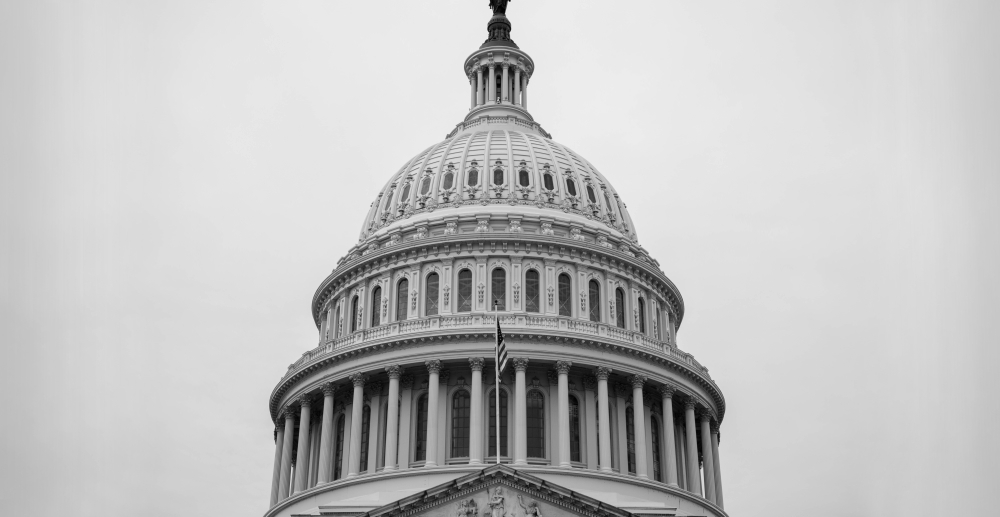Why do we accept struggling with drinking, but stigmatize those struggling with other addictions? And what does race have to do with it?
A recent study suggests that income and race might be a key determining factor in buprenorphine prescriptions. The drug helps prevent the likelihood of overdose by inhibiting the high produced by opioids. Similar to the way that Chantix prevents people from smoking, buprenorphine prevents people from craving for opioids. The University of Michigan study found that treatment using this opioid agonist might be limited to more wealthy and white communities.
If proven true, the finding should not come at a surprise.
The Medical Opinion on Alcohol
It took a while for alcoholism to become widely accepted as an illness. Bill Wilson and friends chose to lead their iconic sobriety manual, commonly referred to as the big book of Alcoholics Anonymous, with an opinion from a renowned physician, Dr. William Silkworth. This demonstrates that there was a need to shed the stigma of the drunk with no willpower. In fact, the book describes the very nature of the alcoholic illness in terms of powerlessness over alcohol. And a voice from a doctor helped to persuade the public to consider alcoholism a mental disease, not a moral failure.
The anonymity of the program allows alcoholics to recover without fear of shame and humility. On page 562 of the fourth edition big book, anonymity is listed as one of twelve traditions of the group. The success of Alcoholics Anonymous, which in its latest edition published in 2001 lays claim to a worldwide membership of 1,000,000, has helped change public opinion about alcoholism. Namely, the alcoholic is not a man or woman with low morals or failing will power, he or she is one who suffers from alcoholism, a commonly accepted mental disease whereby the sufferer cannot control how much he or she drinks once s/he starts. This is what Dr. Silkworth referred to as the phenomenon of craving, coupled with a cunning mental obsession for the next drink when sober.
Bill Wilson also elicited the opinion of renowned psychologist Dr. Carl Jung, referred to as the “celebrated physician” in chapter two of AA’s text, helping to enhance and elaborate on the nature of the illness as a fundamentally spiritual one.
In these ways, recovering alcoholics have, in their sobriety, leant clout to the notion that alcoholics should be treated as sick people, not criminals.
The Story of Addiction Takes a Different Turn
A 1914 New York Times article created an uproar about a “new madness” surfacing in the southern United States. Crazed southern negroes were purportedly taking to murder with the proliferation of this new stimulant, cocaine.
Dr. Hamilton Wright, United States Opiate Commissioner, testified to Congress that southern women were in danger because the drug created sex-crazed negroes. Police Chief Jacob Haager added that once negroes get too much cocaine, “they are likely to go on the war-path, and when in this condition, they give the police officer who attempts to arrest him…a hard time.”
By the end of that year, Woodrow Wilson signed The Harrison Narcotics Tax Act into law, enforcing sanctions on opioid imports.
It was not the first time that the American Government passed laws targeting African Americans. After the Civil War, vagrancy laws made it illegal to be homeless, to be poor. Newly freed slaves, beginning with nothing after slavery, were arrested and sent to work for the state through the criminal justice system. The 13th amendment, while abolishing slavery, maintained that a convicted criminal was a slave to the state.
Around 100 years ago, drug use became another means to impose a hard line on the black population of America. This trend continued into the 80s and 90s, when crack cocaine replaced sniff cocaine as the negro drug of choice in the eyes of the United States government. The Anti-Drug Abuse Act of 1986 established mandatory minimum sentences for the use of certain amounts of cocaine, and made crack one hundred times more punitive. The fear that crack was more harmful than cocaine has not been substantiated by empirical evidence. The public perceived crack, a much less expensive cousin to cocaine, as a problem for the black community. The death of Len Bias helped create this perception. The ‘86 bill represented the same fear presented to Congress 72 years earlier: a drug-crazed black man is a threat to society.
The country is beginning to turn the corner on this unfair sentencing, a symptom of the mass incarceration epidemic. President Obama passed the Fair Sentencing Act to shorten the disparity between cocaine and crack users. President Trump signed the First Step Act into law, helping the incarcerated transition back into citizenship.
But whatever progress can be made, for a century, America has seen African Americans as addicts, and addicts as criminals. There is no separating the role race and class have played in determining how our system perceives addiction.
How Race Has Affected the Opioid Epidemic
The Opioid Epidemic presents a unique challenge to American governance because the drug affects a larger swath of the demographic. “On the basis of epidemiological studies, structural advantages in health care access may have contributed to increased opioid prescribing and availability among White patients,” wrote Dr. Nabarun Dasgupta. This, along with other factors, helps explain why opioid use has been seen as a mental health crisis, not a crime spree.
Access to health care, the same factor that gave more affluent populations access to opioids, might help explain why access to opioid agonists such as buprenorphine are reaching those same affluent areas in disproportionate numbers.
The journey of alcoholism in the American consciousness took a turn when wealthy white men were able to persuade public opinion that alcoholism is a mental disease. Addiction, on the contrary, has been long associated with criminality and racial bias. Why wasn’t the proliferation of crack seen as a mental health epidemic or a symptom of systemic poverty?
There is no need for such a disparity in opinion between addicts and alcoholics. Alcohol is a drug, after all, making alcoholics and drug addicts different only in how they are perceived and the legality of their drug of choice. If Dr. Silkworth’s opinion that those addicted to alcohol lose the freedom of choice in drink were applied t
o those addicted to other drugs, then America has been unfairly imprisoning the mentally ill for over a hundred years.
The Opioid Epidemic is a landmark opportunity in public opinion and drug policy. We have the chance to give addiction treatment instead of mandatory minimum sentences. That being said, and as new studies are finding, the tools to fight this drug epidemic are distributed to those with better access, better health care—the better off. This bias is not new, but has, in fact, been a part of most drug legislation since 1914.









